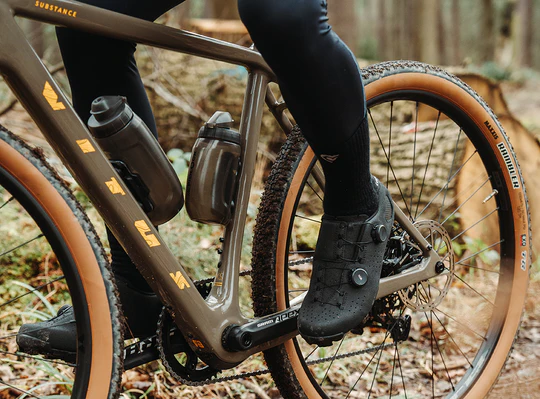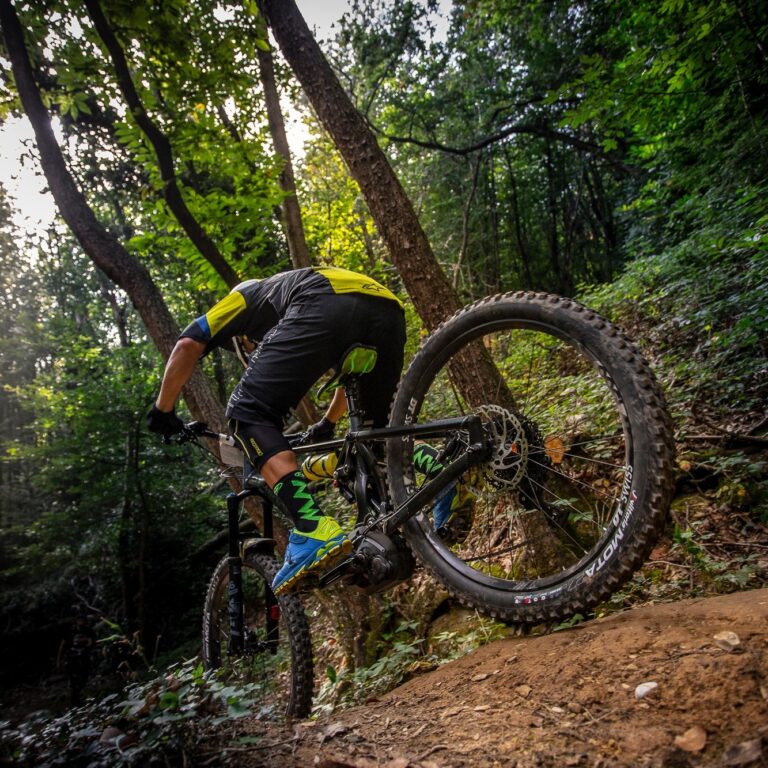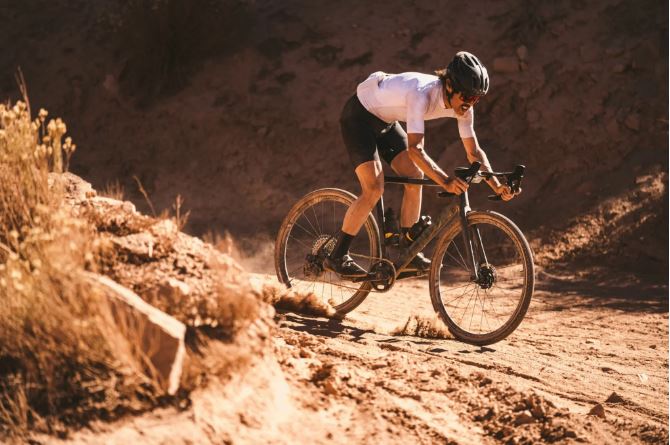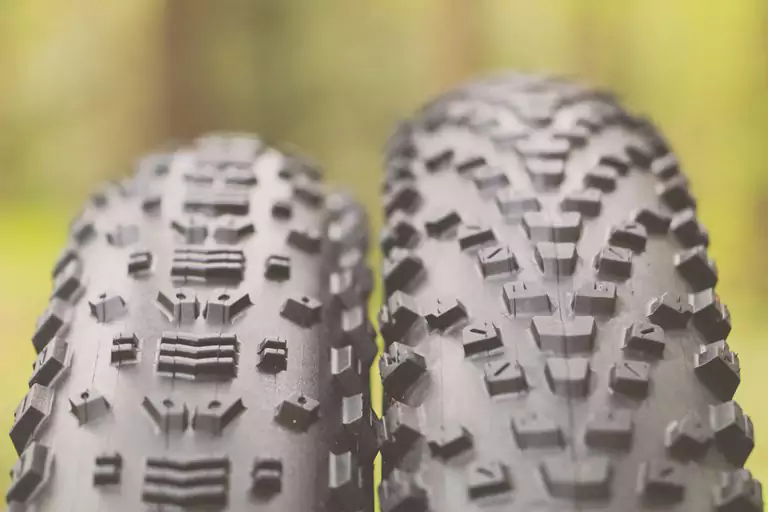Durability in the Rough: Durability Features of Enduro Bike Tires
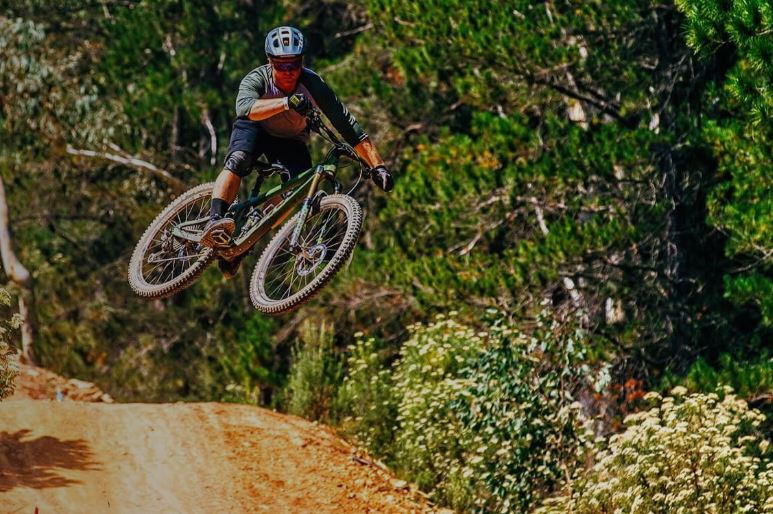
Key Point Summary of Durability Features of Enduro Bike Tires:
- Durability is Key: Enduro bike tires are designed to withstand the harsh conditions of mountain biking, offering riders confidence on rugged trails.
- Material Matters: High-quality materials and advanced rubber compounds enhance the durability and grip of enduro tires, ensuring they can take a beating and keep rolling.
- Reinforced Construction: Features like reinforced sidewalls and puncture-resistant layers protect against tears, cuts, and punctures, crucial for rugged use.
- Tread Life and Design: Durable tires combine long-lasting tread life with aggressive patterns for optimal performance across a variety of terrains.
- Balancing Act: The challenge is finding a tire that offers both durability and performance without excessively increasing weight or sacrificing ride quality.
As someone who’s spent a good chunk of life racing and riding across all sorts of terrains on mountain, gravel, and cyclocross bikes, I’ve learned a thing or two about what makes a tire stand up to the true test of enduro riding. Enduro isn’t just about speed or technical skill; it’s about resilience—both yours and your bike’s, particularly your tires. Let me walk you through the durability features that make or break enduro bike tires in the unforgiving world of mountain biking.
Durability Features of Enduro Bike Tires: Material Quality
One of the first lessons I learned on the trails was that not all tires are created equal. The secret sauce behind the most durable enduro tires? High-quality materials. Advanced rubber compounds are engineered for a tough life on the trail, offering a balance between flexibility and toughness that’s crucial for tackling sharp rocks, thorny underbrush, and everything in between. The difference a high-grade rubber makes in terms of wear and tear is staggering. I’ve seen tires that looked ready for retirement after a single season and others that shrugged off the same abuse with barely a sign of wear.
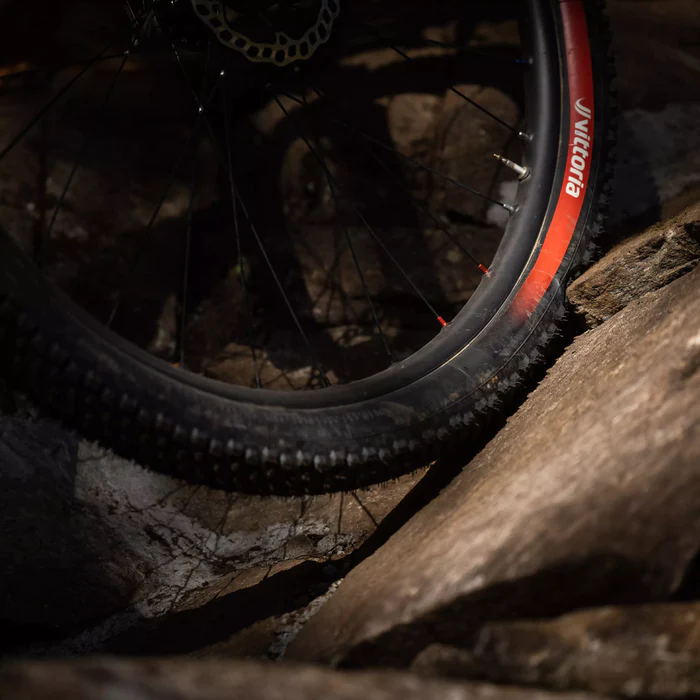
Reinforced for the Ride: Sidewalls and Protection Layers
The true heroes of tire durability, in my experience, are the features you can’t see from the outside. Reinforced sidewalls and puncture-resistant layers are the armor that protects your ride from the slings and arrows of outrageous trails. I remember a particular race where my choice of tires with extra sidewall protection was the only thing between me and a DNF, thanks to a particularly treacherous section of jagged rocks. These reinforcements are designed to fend off cuts, tears, and punctures, ensuring that your ride doesn’t end prematurely.
Tread That Lasts: Design for Longevity
An aggressive tread pattern is a must for enduro riding, but it’s not just about grip—it’s also about how that tread wears over time. The best enduro tires strike a balance, offering patterns that provide traction in mud, loose dirt, and rocky terrain without wearing down too quickly. Tread life is a testament to the tire’s durability, and choosing a tire with a design suited for longevity means you’ll spend more time riding and less time (and money) replacing worn-out rubber.
The Balancing Act: Weight vs. Durability
Here’s where things get tricky. Adding material for durability inevitably adds weight, and in a sport where every gram can affect handling and fatigue, finding the right balance is crucial. The most durable tires are often not the lightest, but advancements in materials and design have made it possible to minimize these trade-offs. It’s a delicate balance, choosing a tire that won’t leave you stranded but also won’t feel like you’re dragging an anchor up every climb.
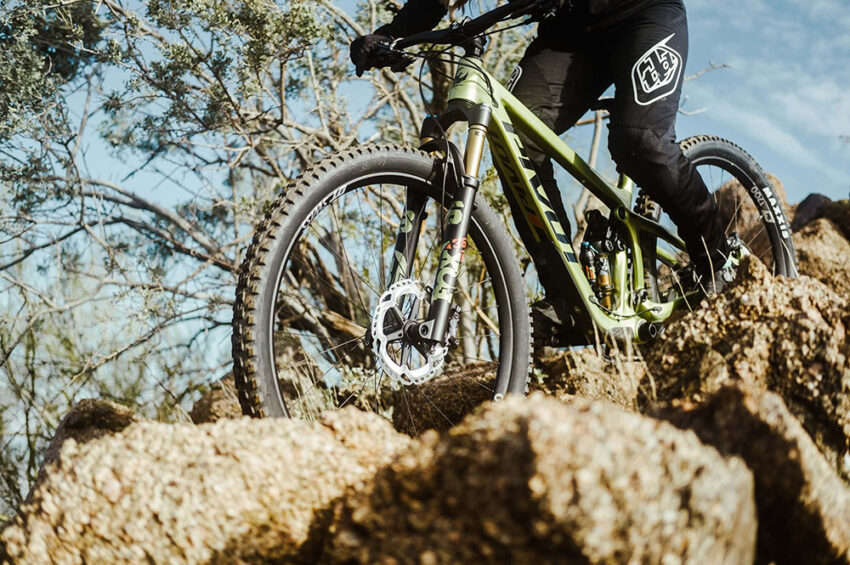
Conclusion: The Durable Choice
Choosing the right enduro tire is about understanding the trade-offs between durability, performance, and weight. It’s about recognizing that the toughest trails require equipment that can rise to the occasion. As you gain experience and push your limits on the trails, you’ll start to appreciate the value of a tire that can take a beating and keep rolling, no matter what. The quest for the perfect enduro tire might seem endless, but when you find that sweet spot between durability and performance, it’s a game-changer. So, gear up, hit the trails, and remember: in the rugged world of enduro biking, durability isn’t just a feature—it’s a necessity.

For enduro biking, the WTB Vigilante is often hailed as one of the best tires in WTB’s lineup. Designed for aggressive trail and enduro riding, the Vigilante offers a combination of grip, durability, and versatility that makes it a favorite among many riders.
Its large, square-lugged knobs provide excellent traction in a wide range of conditions, from wet mud to dry, loose over hardpack terrain. The tire’s open tread design helps to clear mud effectively, ensuring consistent performance even in challenging conditions. Additionally, the Vigilante is available in various widths, typically from 2.3 to 2.6 inches, allowing riders to choose the best size for their specific riding style and local terrain.
WTB’s TriTec compound and Tough Casing options further enhance the Vigilante’s appeal for enduro riding by offering a balance of traction, support, and durability needed to handle high speeds and technical descents without sacrificing too much in terms of rolling efficiency.
Overall, the WTB Vigilante’s robust design and versatile performance characteristics make it a solid choice for enduro riders looking for a tire that can handle a variety of conditions and terrain types.

FAQ
What are the features of Enduro bikes?
- Suspension: Long travel, typically 150-180mm, for absorbing big hits.
- Geometry: Aggressive, with a slack head angle for stability at speed and steep descents.
- Tires and Wheels: Wide, durable tires and strong wheels designed for rough terrain.
- Brakes: High-performance, often with larger rotors for better stopping power.
- Drivetrain: Wide-range gearing for climbing steep hills and fast descents.
What is the difference between Enduro and trail tires?
- Tread Pattern: Enduro tires have more aggressive tread patterns for better grip in rough terrain, while trail tires balance grip and rolling efficiency.
- Durability: Enduro tires are built tougher with reinforced sidewalls to withstand more abuse and technical riding.
- Width: Enduro tires are often wider for additional stability and traction.
What is the life expectancy of a bike tire?
- Mountain and Road Bikes: Typically 1,000 to 3,000 miles, depending on riding conditions, tire quality, and the rider’s weight and style.
- Factors Affecting Lifespan: Terrain, tire pressure, riding style, and maintenance can significantly impact tire life.
Happy Cycling!
John


